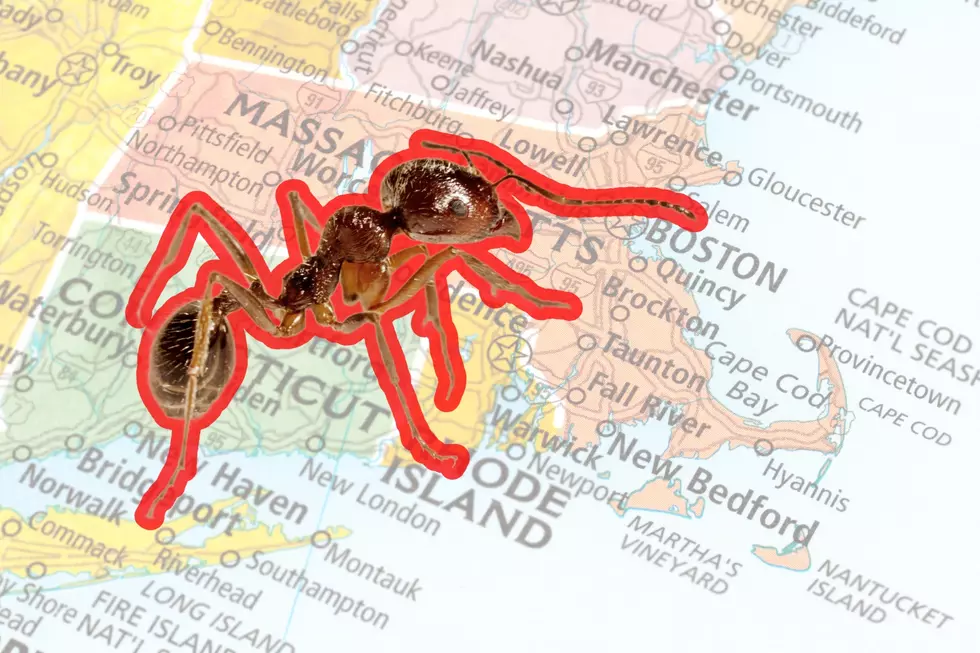
Massachusetts Already Has Stinging Red Fire Ants
Years ago, while visiting the Clearwater, Florida, area, I had an experience with red fire ants. It wasn't a pleasant experience.
I was standing in a grassy area while wearing flip-flops when the little boogers swarmed my foot, stinging the heck out of me.
I recall reading that the changing climate would ultimately lead to a northward migration of the insects and that they would be here in the chilly northeast before you know it.
Well, someday is here, and so are the red fire ants.

What surprises me is that the arrival of red fire ants in Massachusetts has nothing to do with global warming or climate change; they've been here for a long time.
Ant-pests.extension.org says European fire ants (European red ants, Myrmica rubra) thrive in cold weather. They are found as far north as Siberia and the Arctic.
The site says fire ants are in Maine, New Hampshire, Massachusetts, and New York. Who knew?
B&B Pest Control, a Massachusetts statewide contractor, says fire ants "have been documented as surviving within freezing conditions" but tend to "enter Massachusetts homes during the winter" and "seek refuge from the summer heat by invading homes and buildings in the state."
The University of Florida says the invasive European fire ant "found mainly in the northeastern United States" was first discovered in Massachusetts in 1908.
The University says the ants have "become a significant pest in areas in the northeastern U.S. primarily because these aggressive, stinging ants interfere with people's enjoyment and use of their properties, gardens and parks."
Reports of the presence of red fire ants were not confirmed in the northeast until the 1960s and '70s. The ant's painful sting can produce swelling, welts, and in some cases allergic reactions.
LOOK: 20 of the biggest insects in the world
Gallery Credit: Andrea Vale
Quiz: Do you know your state insect?
Gallery Credit: Andrew Vale
More From WFHN-FM/FUN 107









